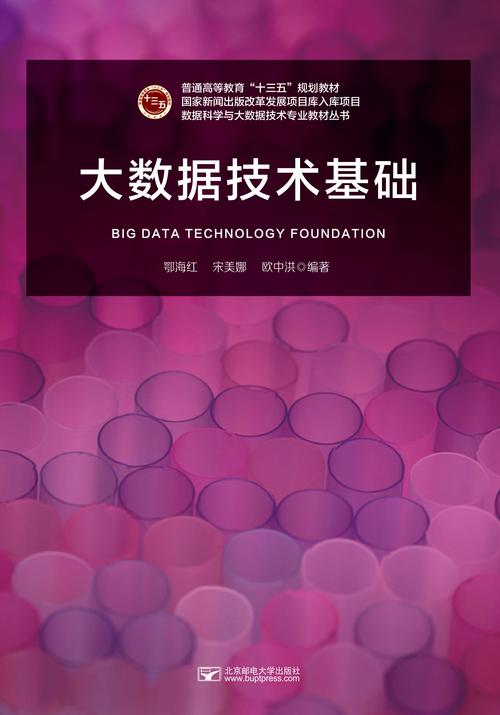Title: Understanding Apache Storm in Big Data Processing
Apache Storm is an opensource distributed realtime computation system that is widely used in processing vast amounts of data streams with lowlatency requirements. It's particularly valuable in scenarios where data needs to be processed continuously and in realtime, such as stream processing, continuous computation, and realtime analytics. Let's delve into the workings of Apache Storm and its significance in the realm of big data processing.
1. Architecture Overview:
Apache Storm follows a masterslave architecture comprising Nimbus (master node) and multiple Supervisor nodes (worker nodes). Nimbus is responsible for distributing code around the cluster, monitoring failures, and reassigning tasks. Supervisor nodes execute the assigned tasks and communicate with Nimbus for coordination.
2. Components of Apache Storm:
Topology
: The computation in Apache Storm is represented as a directed acyclic graph (DAG) called a Topology. It consists of Spouts and Bolts.
Spouts
: Spouts are sources of data streams in Storm. They can read data from various sources like Kafka, Twitter API, or log files and emit them into the topology.
Bolts
: Bolts process incoming tuples from Spouts or other Bolts. They perform operations like filtering, aggregation, or joining, and emit new tuples to other Bolts or sinks.
3. Data Processing Flow:
Tuple
: The basic unit of data in Storm is a tuple. Tuples are emitted by Spouts and processed by Bolts.
Stream Groupings
: Storm provides various stream groupings like shuffle grouping, fields grouping, or global grouping to control how tuples are routed between Bolts.
Parallelism
: Bolts can be parallelized to handle large volumes of data. Storm manages parallelism by spawning multiple instances of Bolts across the cluster.4. Fault Tolerance and Reliability:
Reliability Guarantees
: Apache Storm ensures message processing at least once semantics by tracking the acknowledgments and replaying failed tuples.
Fault Tolerance
: In case of node failures, Nimbus reassigns tasks to other available Supervisor nodes, ensuring continuous processing without data loss.5. Use Cases:
Realtime Analytics
: Storm is widely used for realtime analytics applications like fraud detection, monitoring social media trends, or analyzing sensor data.
Continuous Computation
: It's suitable for scenarios requiring continuous computation, such as updating realtime dashboards or alerting systems.
Stream Processing
: Storm is ideal for processing highvelocity data streams from sources like IoT devices, financial transactions, or website clickstreams.6. Best Practices and Considerations:
Optimize Topology
: Design topologies carefully by considering factors like data partitioning, parallelism, and resource utilization.
Monitoring and Debugging
: Utilize Storm's builtin monitoring tools like Storm UI and logging mechanisms for debugging and performance tuning.
Scaling
: Scale the cluster horizontally by adding more Supervisor nodes to handle increasing workloads.7. Alternatives and Complementary Technologies:
Apache Flink
: Flink is another stream processing framework that offers similar functionalities to Storm with additional capabilities like event time processing and exactlyonce semantics.
Apache Kafka Streams
: Kafka Streams provides stream processing capabilities directly integrated with the Apache Kafka messaging system, suitable for use cases requiring seamless integration with Kafka.Conclusion:
Apache Storm plays a crucial role in the big data landscape by enabling realtime processing of data streams with low latency and high reliability. Its scalable architecture, fault tolerance mechanisms, and versatility make it a preferred choice for a wide range of realtime analytics and stream processing applications.
In summary, mastering Apache Storm empowers organizations to harness the power of realtime data processing, gaining valuable insights and driving informed decisionmaking in today's fastpaced digital world.


